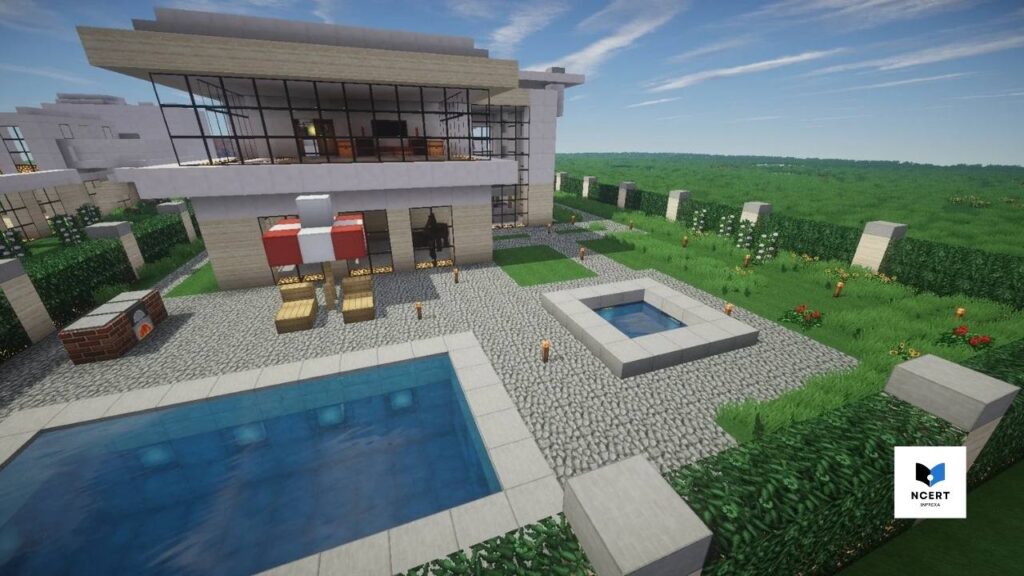Internal Navigation: ← Jump to the FNaF 1 Instant Play Guide
The Five Nights at Freddy’s (FNaF) franchise isn’t simply a jump-scare simulator; it’s a layered, tragic narrative beneath a system of high-stress resource management. To truly master FNaF, you need to understand the verified lore as much as the sound cues of its toughest nights.
This guide draws on canon material from the main games, verified developer statements, and widely accepted community documentation to offer a balanced, expert perspective.
I. The Afton-Emily Tragedy
The entire FNaF universe orbits the catastrophic split between two co-founding partners and their families. Without this clarity, the timeline is unmanageable.
The Two Co-Founders: The primary antagonist is William Afton, the engineer who became the Purple Guy – the murderer. His life’s work was driven by a sick obsession with immortality, a pursuit that directly led to the original murders. His partner, Henry Emily, serves as the tragic hero, the one who spends decades planning to end the carnage. Henry’s arc culminates in Pizzeria Simulator, where he orchestrates the final fire, a calculated act of redemption designed to destroy all the possessed animatronics, including himself.
The Souls of the Conflict: The narrative hinges on William’s children and Henry’s daughter. Charlotte Emily (Charlie) is the first victim, and her soul possesses The Puppet (Marionette). It is Charlie who, in her grief and lingering protective nature, gifts “life” to the other murdered children, beginning the cycle of haunting. William’s eldest son, Michael Afton, is the true, long-suffering protagonist of the series, appearing as the security guard across multiple games (including Mike Schmidt in FNaF 1 and often implied in FNaF 4 gameplay). After the horrific events of the Scooping in Sister Location, Michael is left as a decayed, undead figure, eternally committed to atoning for his father’s sins. William’s daughter, Elizabeth Afton, possesses Circus Baby, her death being the direct result of her father’s predatory designs, ultimately driving the events of the Funtime animatronics.
The Bites: Knowing the Difference: Any expert must immediately distinguish between the two major trauma events that define the timeline:
- The Bite of ’83: This is the confirmed origin point of the Afton family trauma. It occurred when William’s youngest child – the Crying Child – was accidentally crushed by Fredbear’s jaw, a prank orchestrated by Michael. This death is foundational to the lore.
- The Bite of ’87: This later incident, which occurred at the FNaF 2 location, resulted in a victim losing their frontal lobe. This event is what mandated that the animatronics be permanently restricted from moving during the day, but it is not the canonical trauma that begins the spirit hauntings.
II. Expert Survival Tactics: The True Challenge
Surviving the later FNaF titles requires far more than casual observation; it demands auditory discipline and precision triage. You’re not just conserving power; you’re managing psychological pressure.
FNaF 2: The Art of Precision Triage
If you’ve played FNaF 2, you know this night guard shift is a pure test of speed and focus. Since the office has no doors, the game is about threat identification and instant reaction across three entry points: the main hall and two air vents.
Animatronic Activation and Threat Level
This table details the night on which each animatronic becomes active and their general threat level, which is essential for developing your survival strategy.
| Animatronic | First Active Night | Threat Level | Primary Entry/Detection Method |
|---|---|---|---|
| Toy Freddy | Night 1 | Low-Medium | Main Hallway (Flashlight) |
| Toy Bonnie | Night 1 | Low-Medium | Right Air Vent (Monitor) |
| Toy Chica | Night 1 | Low-Medium | Left Air Vent (Monitor) |
| Mangle | Night 2 | Medium-High | Vents and Hallway (Sound/Static) |
| Balloon Boy (BB) | Night 2 | Medium | Left Air Vent (Audio/Visual) |
| Old Bonnie | Night 3 | High | Main Hallway, Office (Mask/Light) |
| Old Chica | Night 3 | High | Right Air Vent (Monitor/Mask) |
| Old Freddy | Night 3 | High | Main Hallway, Office (Mask/Light) |
| The Puppet (Marionette) | Night 1 | Critical | Music Box (Must be wound constantly) |
| Golden Freddy | Night 6 | Extreme | Office Appearance (Mask Immediately) |
| Foxy | Night 2 | Critical | Main Hallway (Constant Flashlight Flashing) |
- The Puppet Clock is Non-Negotiable: The biggest mistake a novice makes is waiting for Night 2 to take the Music Box on Cam 11 seriously. It must be actively and frequently wound from the start of Night 1. If that music box decays, The Puppet will hunt you, and the Freddy Mask is utterly useless against her.
- Instant Mask Transition: When you lower the monitor, the time window to deploy the Freddy Mask if a Toy or Withered animatronic is in your office is less than one second. This isn’t about luck; it’s about muscle memory. Hesitation is guaranteed death.
- Foxy’s Exception: Foxy is the sole animatronic immune to the mask trick. To deter him down the main hall, use brief, frequent flashlight bursts. Holding the light drains your battery too fast, but a quick flash resets his progress without costing excessive power.
FNaF 4: Auditory Discipline
Survival in FNaF 4 is 90% sound. If you don’t have good quality audio, you simply can’t win. The challenge is correctly identifying the exact sound of Nightmare Bonnie or Chica’s breathing against the ambient noise and the Crying Child’s sobs.
- The Rule of the Door: When you approach the bedroom door, do not immediately use the flashlight. You must listen intently.
- If you hear the distinct, shallow breathing: Immediately hold the door shut for a critical 3–5 seconds until the sound is gone.
- If you hear absolutely nothing: Then use the flashlight. If the animatronic is there, the light sends them away. Flipping this rule is an instant kill. Using the light when they are breathing means they instantly attack you.
FNaF: Sister Location (SL): Task Mastery
SL replaces the static defense with aggressive, room-by-room, task-based survival that requires sustained concentration.
- Night 4: The Springlock Endurance Test: This is arguably the most brutal night of the entire series. Sealed inside an unstable springlock suit, your primary focus must be constantly winding the bolts to keep them from snapping shut. Simultaneously, you must physically shake off the attacking Minireenas. The mechanic is about maintaining sustained, precise input under extreme, continuous pressure.
- Night 5: The Final Defense: After the climactic narrative events in the Scooping Room, the player is forced into a classic FNaF 1-style night defending against the amalgamated animatronic Ennard in the private room. You must manage power, doors, and the camera system with zero room for error.
III. The Core Series Timeline Snapshot
The FNaF lore continues to expand, with the primary story moving from the original pizzeria to the massive, modern structure of the Mega Pizzaplex.
The key story progresses from the original three titles (where Mike Schmidt first confronts the ghosts and Jeremy Fitzgerald survives the mask-centric FNaF 2), through the redemption arc of Michael Afton in FNaF 4 and Sister Location, culminating in Henry’s final act in Pizzeria Simulator (FNaF 6).
The current narrative thread is defined by the new timeline elements introduced in the latest releases:
FNaF: Security Breach (FSB) Core Strategy
The shift to the open-world Mega Pizzaplex requires players to fundamentally change their defensive mindset from static resource management to dynamic stealth and escape.
| Threat/System | Core Mechanic | Expert Tip |
|---|---|---|
| Glamrock Freddy | The player’s single-use rechargeable mobile safe room. | Use him as a power gauge. If he is below 50% battery and you are far from a charging station, prioritize escape over objectives. |
| Vanny (and other hunters) | Persistent, area-based patrols (not single-hallway rushes). | Break line of sight. The environment is designed for stealth. Always use the clutter (boxes, carts) for cover and wait for Vanny’s distinct audio cues to pass. |
| Distractions | Knocking over items (paint cans, toys) creates temporary sound cues. | Distance is key. Place distractions far from your current objective. If the alert icon is yellow or orange, the animatronic is too close to your intended path. |
- Security Breach introduced Gregory and the complex, open-world stealth required to navigate the Pizzaplex while managing the rechargeable power of Freddy.
- The Ruin DLC shifted focus to Cassie, requiring players to master the V.A.N.N.I. Mask to switch between realities, exposing hidden paths and hazards.
- Help Wanted 2 is the most recent canonical entry, expanding on the VR experience and serving as the current benchmark for skill-based gameplay and timeline integration.




